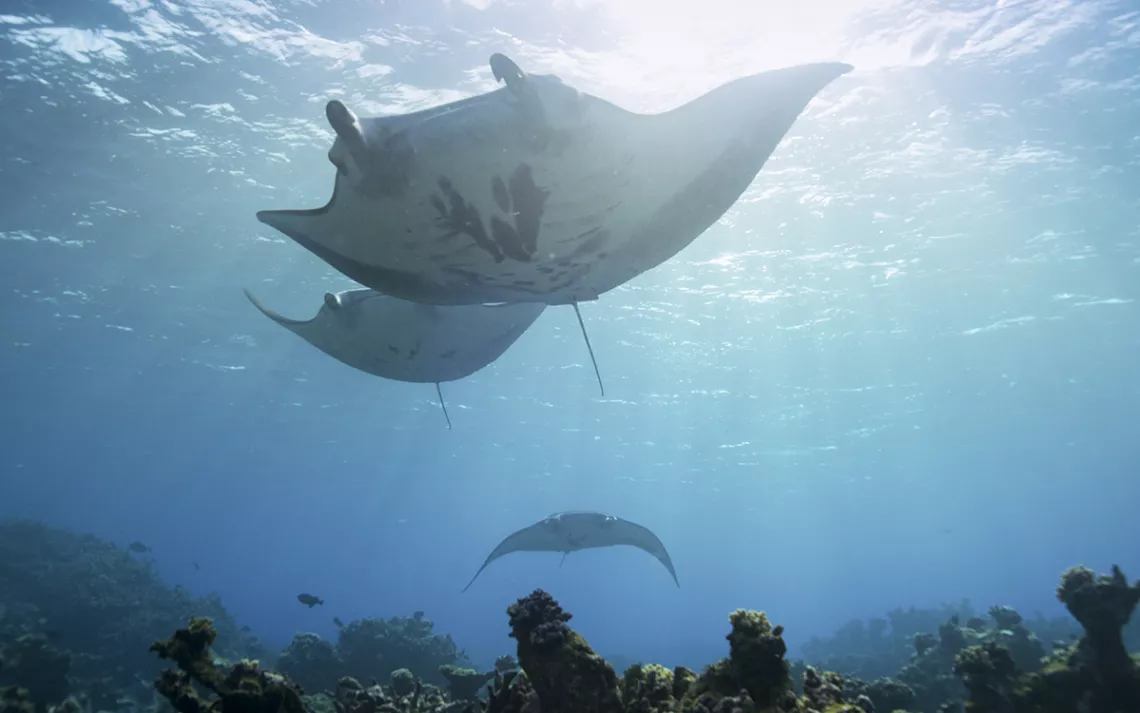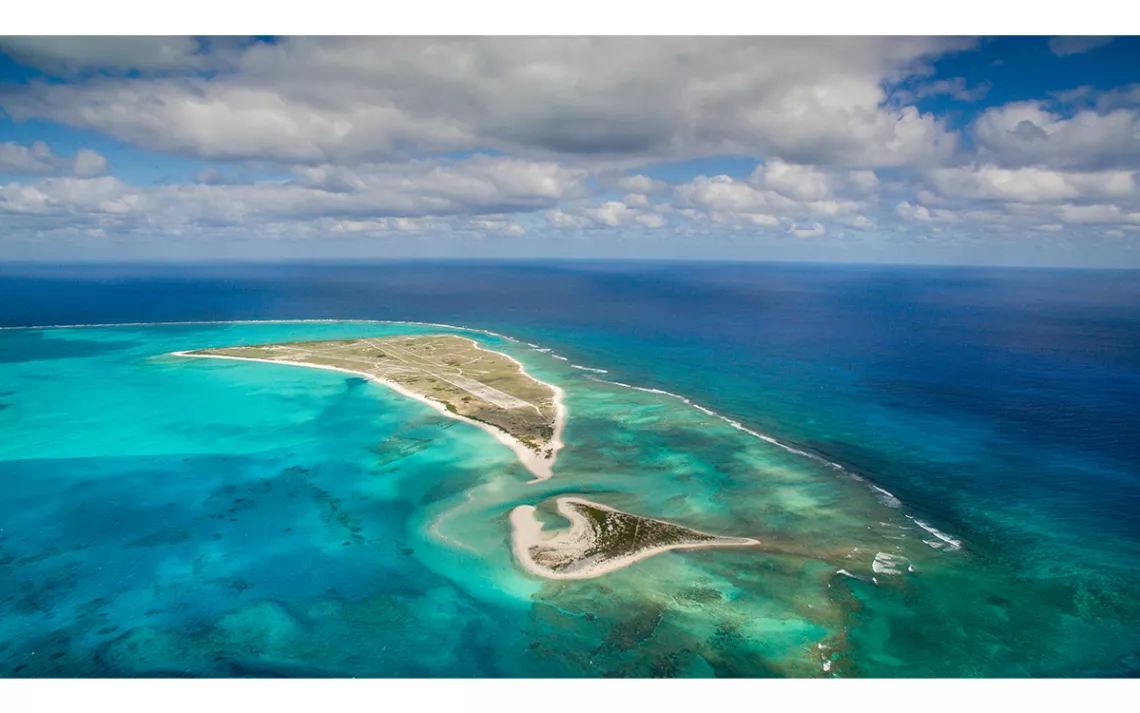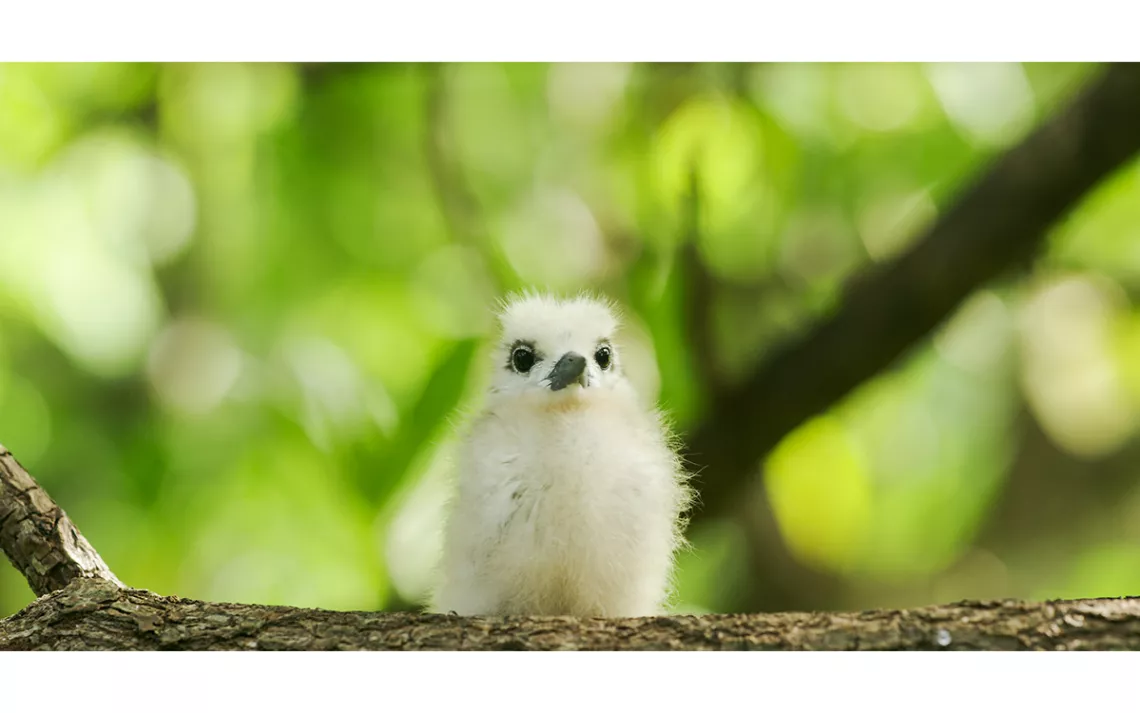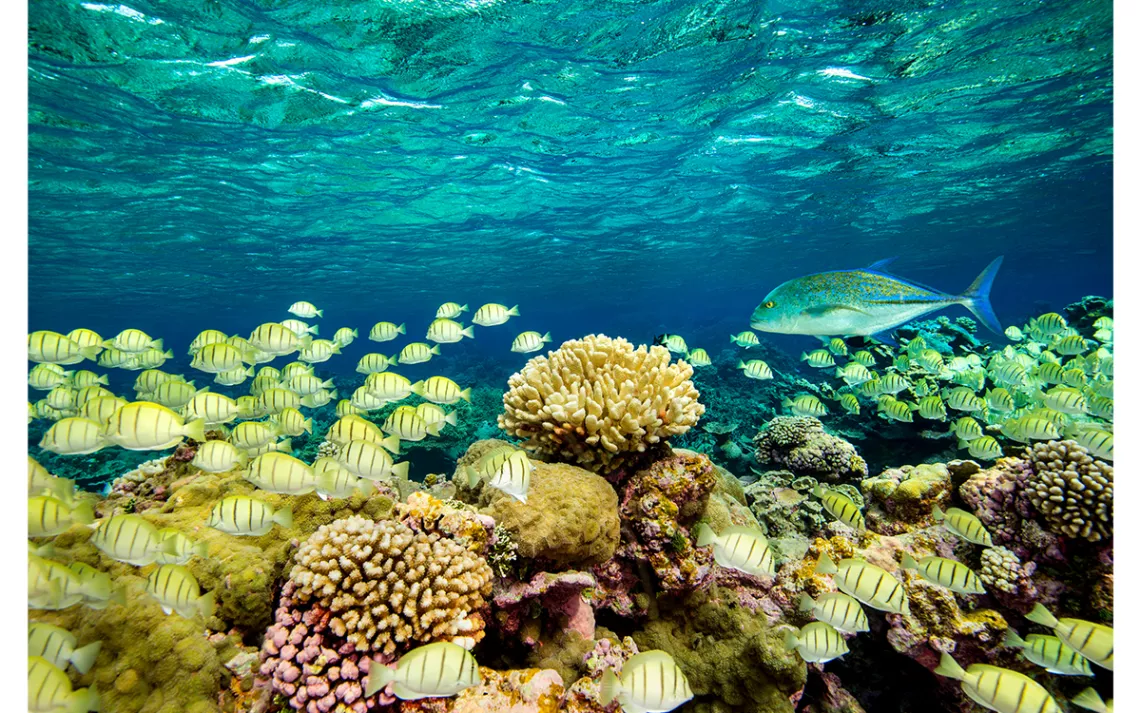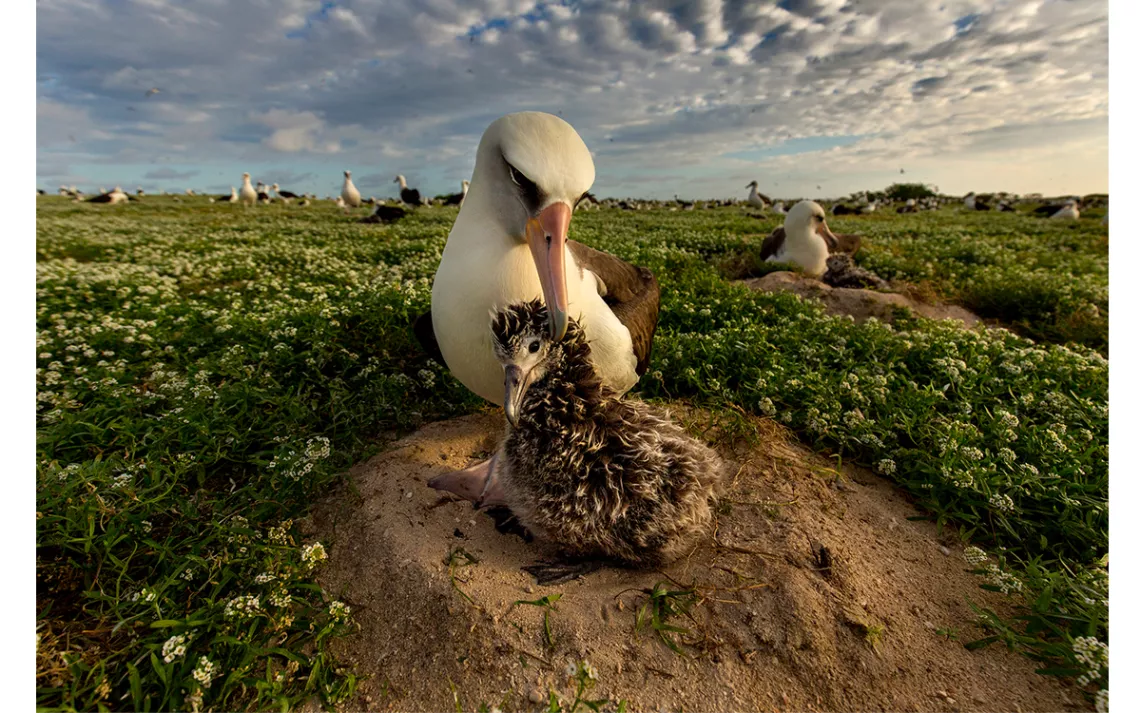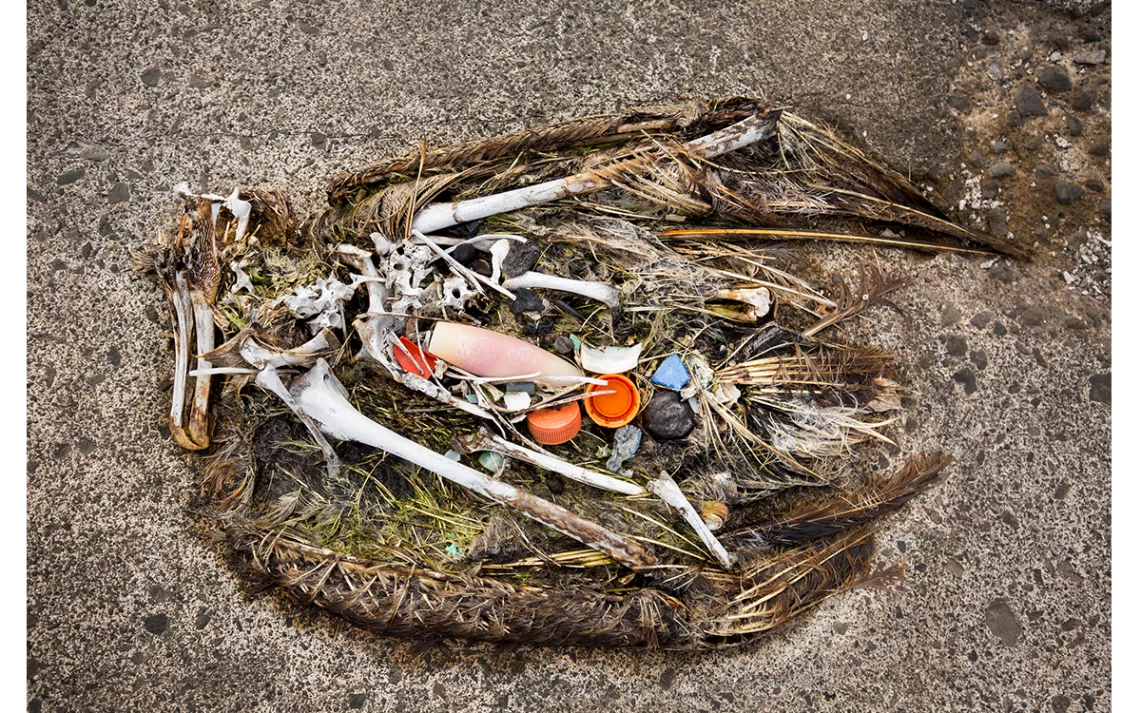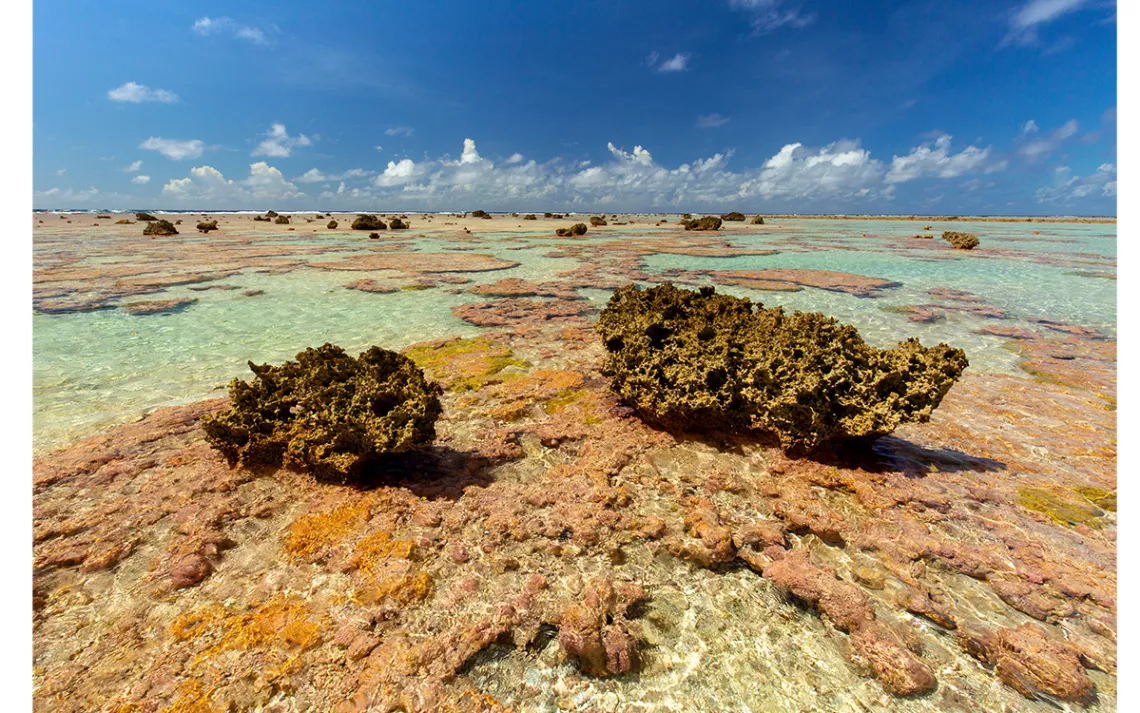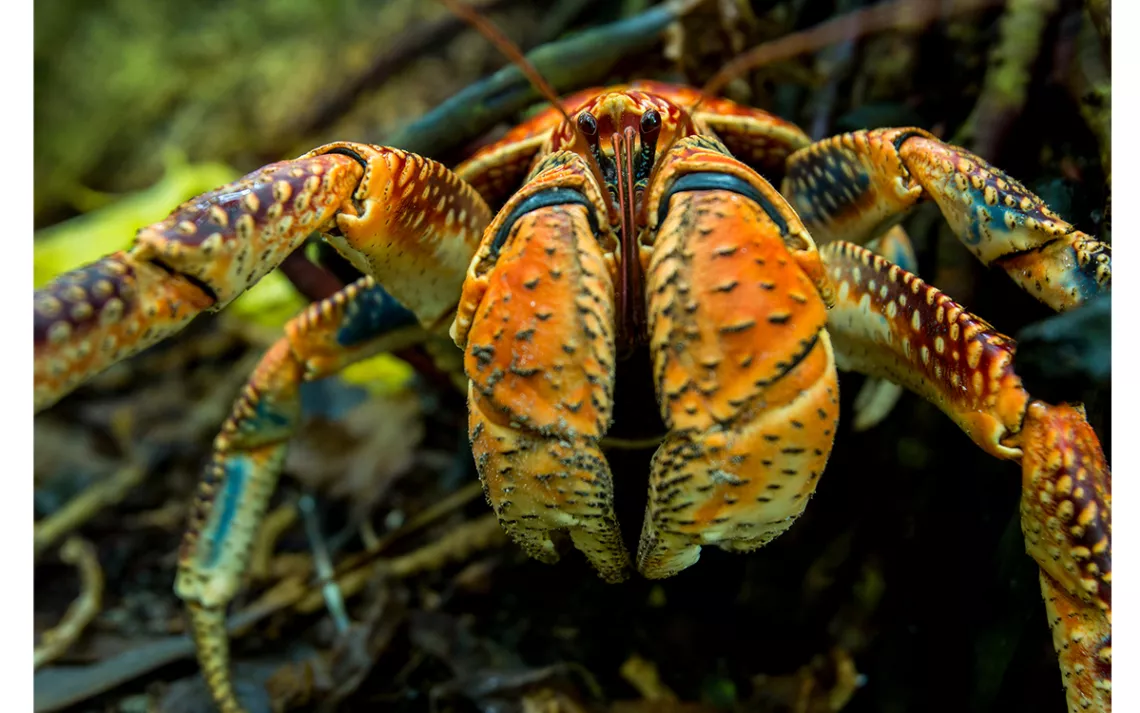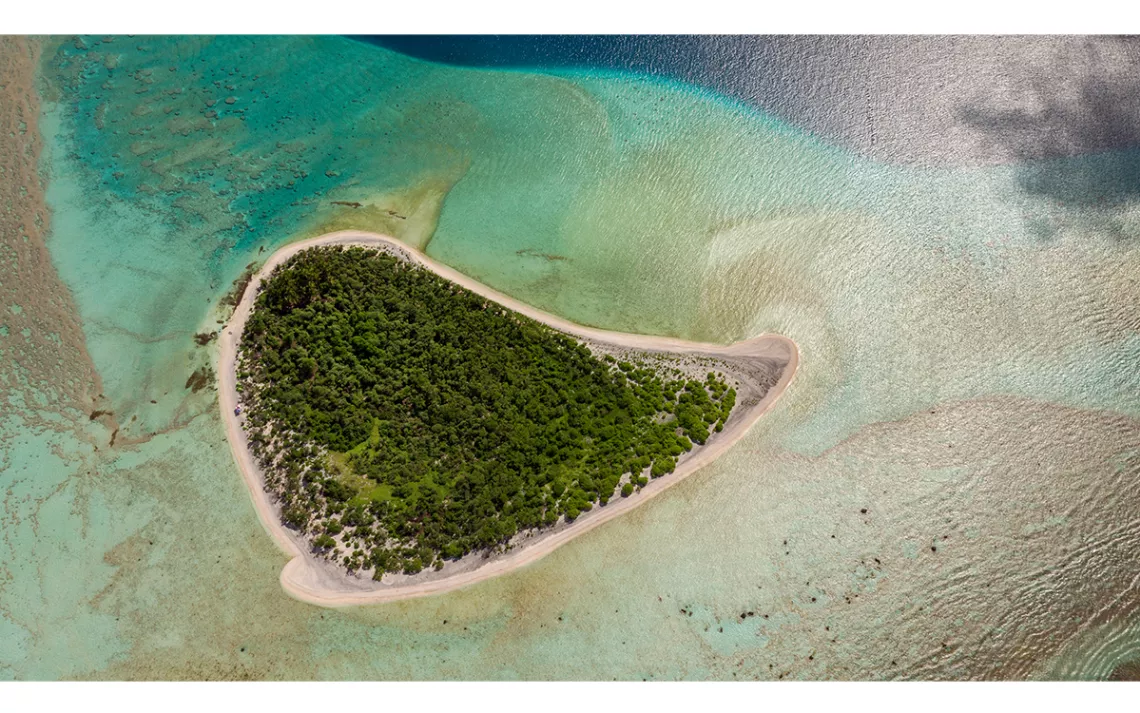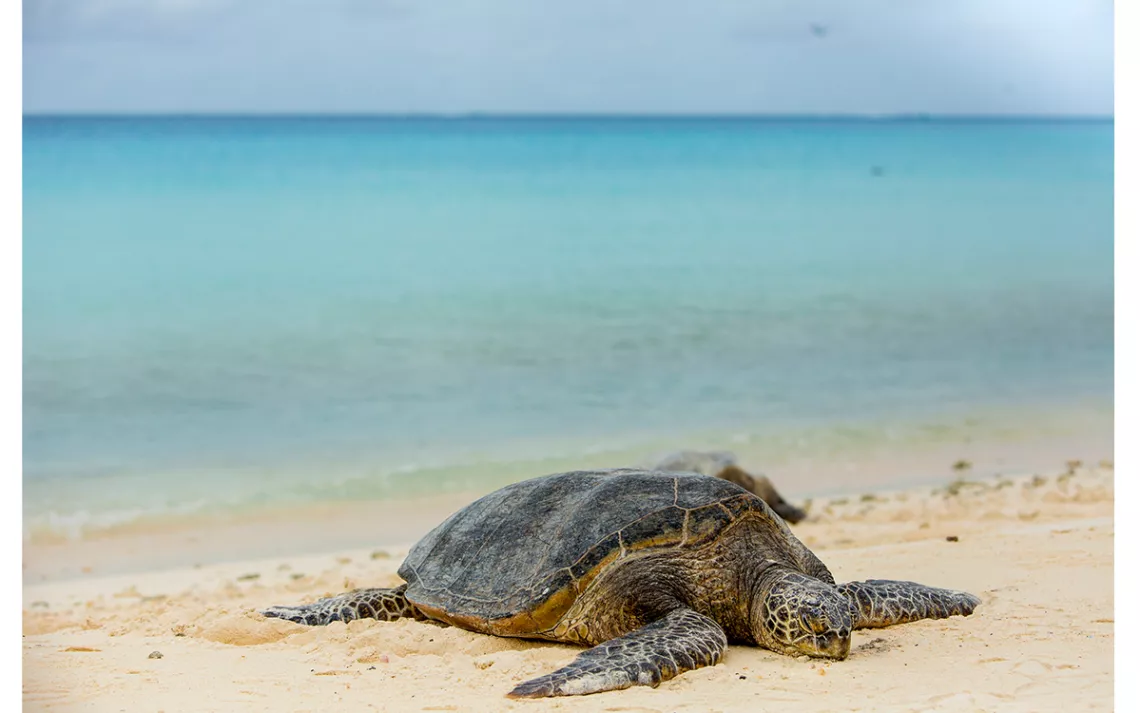Ian Shive's Marine National Monuments
Stills from the film “Hidden Pacific”
Coming to a science museum IMAX theater near you, Hidden Pacific reveals never-before-seen footage of the Pacific Ocean’s marine national monuments. These critical ocean habitats are spaces designated for important scientific ecological research. Unfortunately, some monuments featured in the film—including the Rose Atoll Marine National Monument and the Pacific Remote Islands Marine National Monument—are at risk of being downsized by the Trump administration. And many birds and marine mammals that make appearances, including the Laysan albatross and the Hawaiian monk seal, are listed as endangered under the Endangered Species Act.
The filmmaker behind Hidden Pacific is none other than nature photographer Ian Shive, winner of the Sierra Club’s highest photography honor: the Ansel Adams Award for Conservation Photography. The idea behind his latest film is to provide museumgoers with a glimpse of healthy ecosystems that are relatively untouched by humans and, ever rarer, largely shielded from the impacts of climate change and environmental degradation.
"The inspiration for this project came out of a realization that most Americans have no idea that our public lands include marine national monuments,” Shive told Sierra. “Conservation causes that are within reach, like Bears Ears National Monument, are able to gain support because we are familiar with them. However, these remote marine national monuments of the Pacific Ocean—an area, when combined, that is one of the largest conservation areas in the world—is completely absent from most people's awareness. I saw an opportunity with this film to help make people aware of these places, to help them understand their value to our country and to our planet.”
Theaters and museums screening the film are listed on Hidden Pacific’s website. We’ve assembled several stills from the film right here.
 The Magazine of The Sierra Club
The Magazine of The Sierra Club
